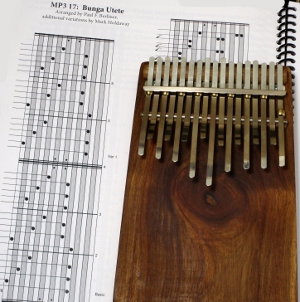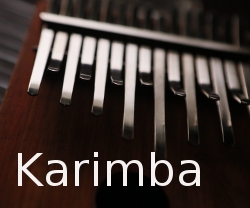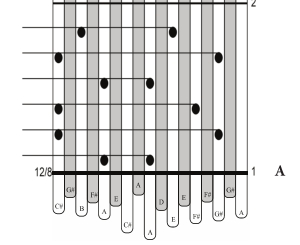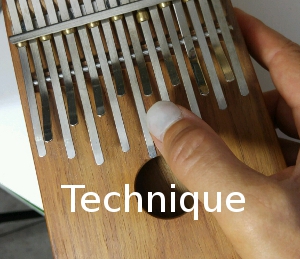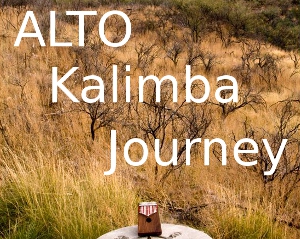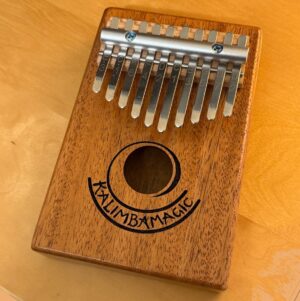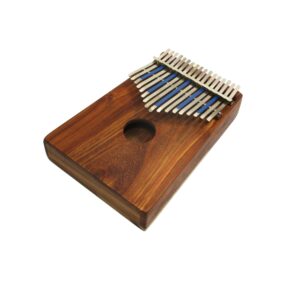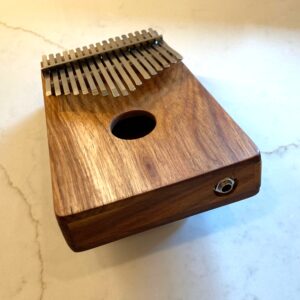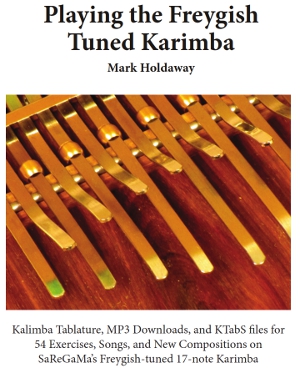
The Freygish Karimba Download, Redux
NOSTALGIC, SENSUAL, MYSTERIOUS, SWEET…. THIS KALIMBA PLAYS TRULY UNIQUE MUSIC. THE IMPROVED AND ENHANCED DOWNLOAD IS AVAILABLE NOW. IF YOU HAVE IT ALREADY, UPGRADE IT FOR FREE! Get the Freygish Download “The Freygish-tuned karimba plays delightful songs, mostly in C harmonic minor. This instrument brings alive baroque melodies and harmonies, romantic music box waltzes, fiery Middle-Eastern music, and hot Latino cumbia – nostalgic, sensual, mysterious and sweet. This karimba plays unique music that is not played by any other.” (From the back cover of the Freygish karimba download.) The instrument that you can hear right now, which is playing in the video below, is the Freygish karimba, and the

